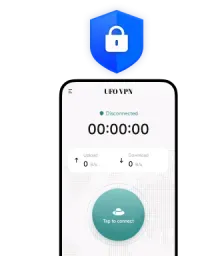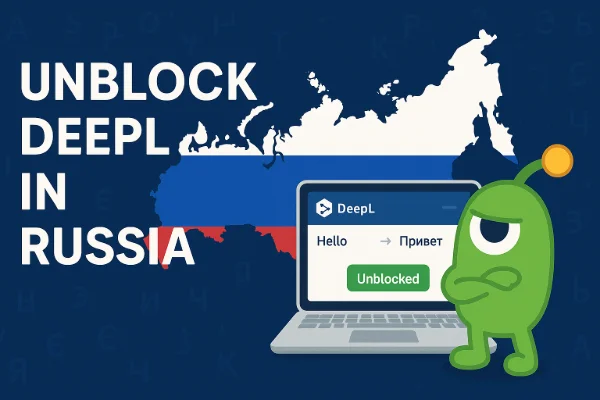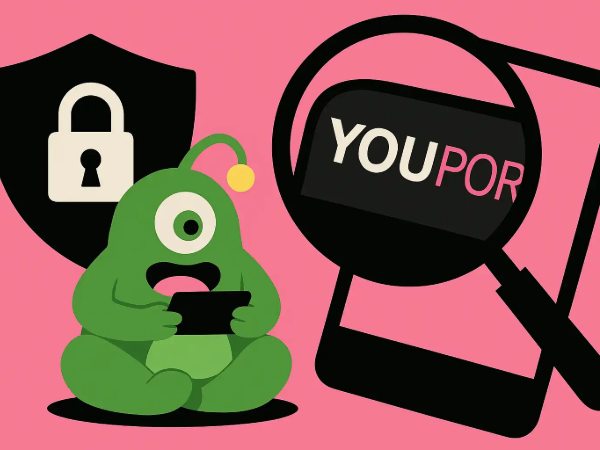What Android malware is
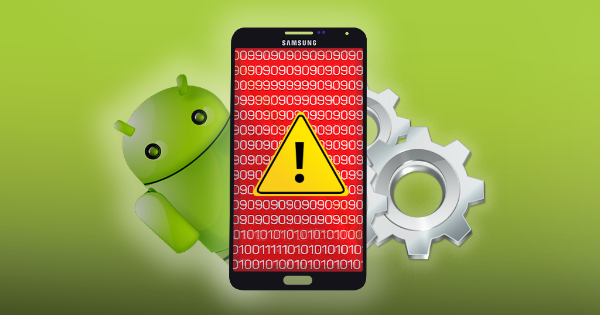
“Malware” is an umbrella term for malicious software—adware that floods your screen with pop-ups, spyware that exfiltrates data, trojans disguised as legit apps, and ransomware that locks you out. Android’s security model makes old-school “viruses” rare, but modern threats still slip in via shady apps, phishing links, and compromised sites. Understanding the threat types helps you choose the right removal tactic and prevents reinfection later.
Clear symptoms: signs of malware on Android

Before you decide how to remove malware on Android, confirm the red flags:
-
Sudden battery drain or overheating while idle
-
Full-screen pop-ups or ads outside of your browser
-
Unrecognized apps or APK files appearing in storage
-
Data-usage spikes from apps that shouldn’t need network access
-
Random crashes, reboots, or permission prompts you didn’t expect
These symptoms don’t prove infection alone, but together they warrant scans and clean-up. The pattern above aligns with common Android malware behavior cataloged by security guides.
Check first: scans and quick audits

Before you uninstall anything, take five minutes to assess—with official tools and a quick manual review.
1) Run Google Play Protect (built in)
Play Protect scans newly installed apps and periodically checks installed ones—even sideloaded apps when “Improve harmful app detection” is on. To check: Play Store → profile icon → Play Protect → Scan. If flagged, tap Uninstall/Remove. This is the fastest way to surface known bad apps.
2) Review administrator permissions
Malware sometimes grants itself device-admin privileges so it can resist removal. Open Settings → Security → Device admin apps (names vary by brand) and deactivate anything unfamiliar before you try to uninstall it.
3) Look for unknown apps and leftover APKs
Go to Settings → Apps and scroll for entries you don’t recognize. Tap through to review permissions; remove what you don’t trust. Then open your file manager’s APK/Installation files folder and delete suspicious APKs that might reinstall payloads later.
4) Check data usage outliers
Open Settings → Network & internet/Connections → Data usage to see which apps are transmitting the most data; a calculator shouldn’t be using mobile data at all. Uninstall anomalies.
These four checks often resolve the problem—and they prepare you for the full clean-up flow below.
How to remove malware on Android

Use this sequence from least to most disruptive. It’s designed to be safe, fast, and thorough.
Step A — Try safe mode to disable malware
Booting into Android safe mode disables third-party apps. That often neuters a malicious process long enough for you to remove it. General method: press and hold Power, then touch and hold on-screen Power off/Restart until Reboot to safe mode appears → OK. (Exact steps vary by device; Pixels use Power + Volume Up, then long-press Power off.) Restart to exit safe mode.
In safe mode, open Settings → Apps, uninstall suspicious entries, and revoke admin privileges if prompted. This is one of the most reliable practical steps when you’re deciding how to remove malware on Android.
Step B — Clear browser junk and hostile app data
Some adware hooks into your browser. Go to Settings → Apps → (your browser) → Storage & cache → Clear cache and Clear storage/data. For specific suspect apps, clear cache/storage first, then uninstall.
Step C — Rescan with Play Protect and update the phone
After removals, rescan with Play Protect, then install pending Android system and security updates. Patch levels matter; many threats rely on already-fixed bugs.
Step D — Consider a reputable mobile AV (optional but useful)
Play Protect is your baseline. If symptoms persist, do an on-demand scan with a well-reviewed security app (e.g., Malwarebytes, Bitdefender). Use one at a time to avoid conflicts, then uninstall if you don’t want it resident. (The goal here is detection help, not permanent bloat.)
Step E — Factory reset as a last resort
If the device is still compromised, back up essentials and erase all data (factory reset): Settings → System → Reset options → Erase all data (factory reset), then confirm. Be sure you know your Google credentials for setup afterward. This is the nuclear option when other methods fail.
Pro tips before you reset
-
Back up photos, authenticator accounts (transfer/export), and SMS if needed.
-
After reset, reinstall only from Play Store, and avoid restoring suspicious apps from old backups.
Prevention that actually works

Even after you’ve learned how to remove malware on Android, prevention saves you time later:
-
Stay in the Play Store. Sideloaded APKs are a top infection vector; if you must sideload, vet sources and hashes. Keep “Install unknown apps” off by default.
-
Update relentlessly. Turn on auto-updates for apps and install Android patches promptly.
-
Permission hygiene. Don’t grant access that doesn’t match an app’s purpose; review permissions for unused apps periodically. Play Protect can also reset unused-app permissions.
-
Phishing awareness. Avoid “device infected” pop-ups and unsolicited security downloads.
Where free proxy VPN in UFO VPN fits
A VPN doesn’t “clean” malware, but it hardens your network exposure—the path where many attacks begin. On café, hotel, or airport Wi-Fi, UFO VPN encrypts traffic (AES-256) between your phone and the VPN server, making it far harder for hotspot owners or nearby snoops to intercept logins, inject malicious redirects, or profile your browsing. Use Smart Connect to pick fast nearby servers, Split Tunneling to route just your browser or banking app, and a Kill Switch to prevent leaks if the tunnel drops. Combined with Play Protect and updates, this reduces the chances you’ll need to learn how to remove malware on Android a second time.
🩵Connect to UFO VPN in 4 Steps:
To download UFO VPN - free VPN for Android with VPN APK, go to the Google Play Store, search for UFO VPN, and hit "Install." Open the app and sign up or log in—it’s quick and easy!

Launch UFO VPN, select among 2000+ server locatiosn where your desired content is accessible and hit "Connect." Most recommended servers include a free USA VPN server , free Japan VPN server , free Australia VPN server , etc.
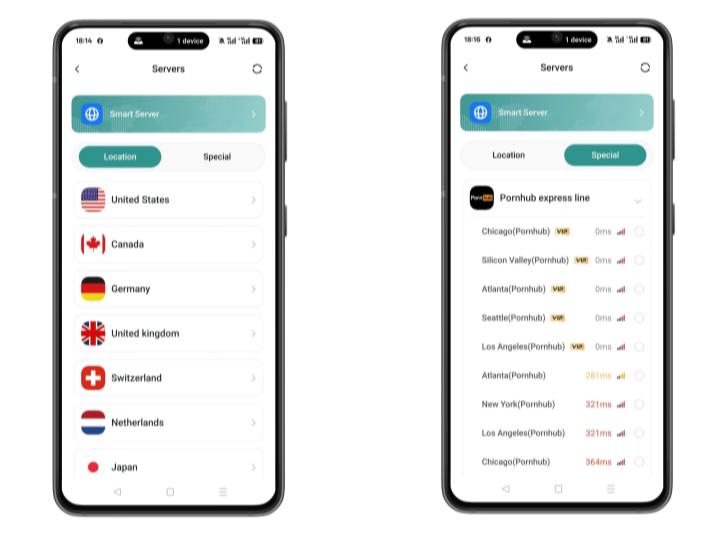
Pro Tip
UFO VPN has offered each user with special VPN connections to platforms with PUBG VPN, CODM VPN, Pornhub VPN and more!
Before connecting, check your IP address using a What is My IP tool. This helps confirm your location change after using the VPN.
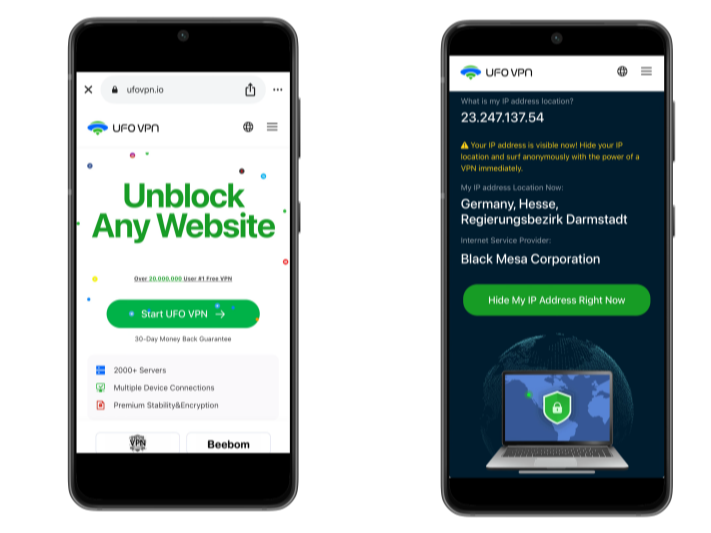
UFO VPN supports 20+ languages. Once connected, customize your app or browser and enjoy unlimited streaming, gaming, and secure browsing—without borders.
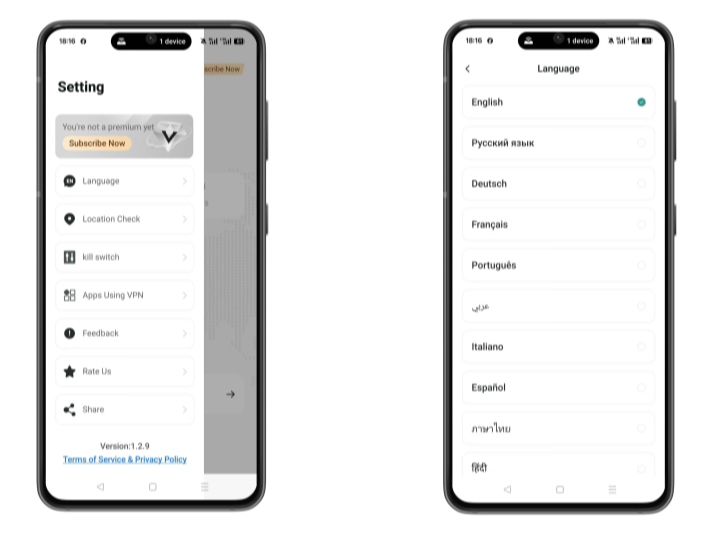
A safe, repeatable workflow
-
Triage: Note symptoms and recent installs.
-
Scan: Play Store → Play Protect → Scan; remove flagged apps.
-
Audit: Check Device admin apps, Apps, and APK folders; remove unknowns.
-
Safe mode: Reboot to safe mode; uninstall stubborn apps.
-
Clean browser: Clear cache/data; rescan.
-
Update: Apply Android and app updates; reboot.
-
Reset (if needed): Back up → factory reset → reinstall only trusted apps.
Follow this flow any time you wonder how to remove malware on Android; it’s efficient, reliable, and minimally disruptive.
FAQs
Does Google Play Protect replace antivirus?
Play Protect is the baseline and should stay on; it scans apps during install and periodically afterward, including sideloaded apps if enhanced detection is enabled. A reputable AV can add on-demand detection if you still see symptoms.
How do I start Android safe mode on different phones?
On many models, long-press Power, then long-press Power off/Restart and confirm Safe mode. Steps vary; Pixels use a Power + Volume Up sequence before you long-press Power off. Restart to exit.
What if the malicious app won’t uninstall?
Deactivate it under Settings → Security → Device admin apps first. Then uninstall in safe mode. If it still resists, back up and factory reset.
Will a factory reset always remove malware?
It removes almost all user-space malware by wiping apps, data, and settings, but rare deep-seated threats may survive and require professional reflashing. Start with scans and safe mode; reset only if needed.

